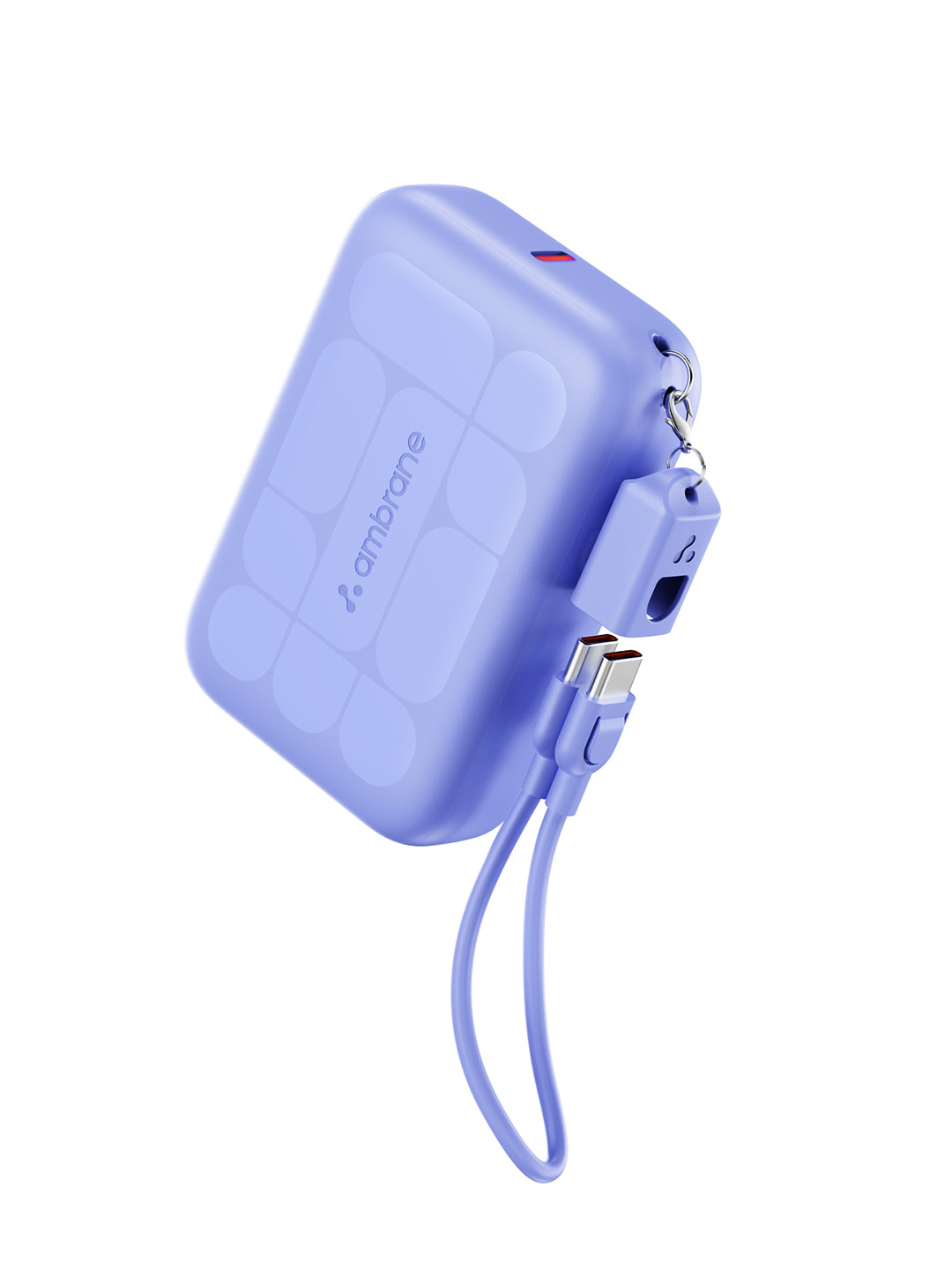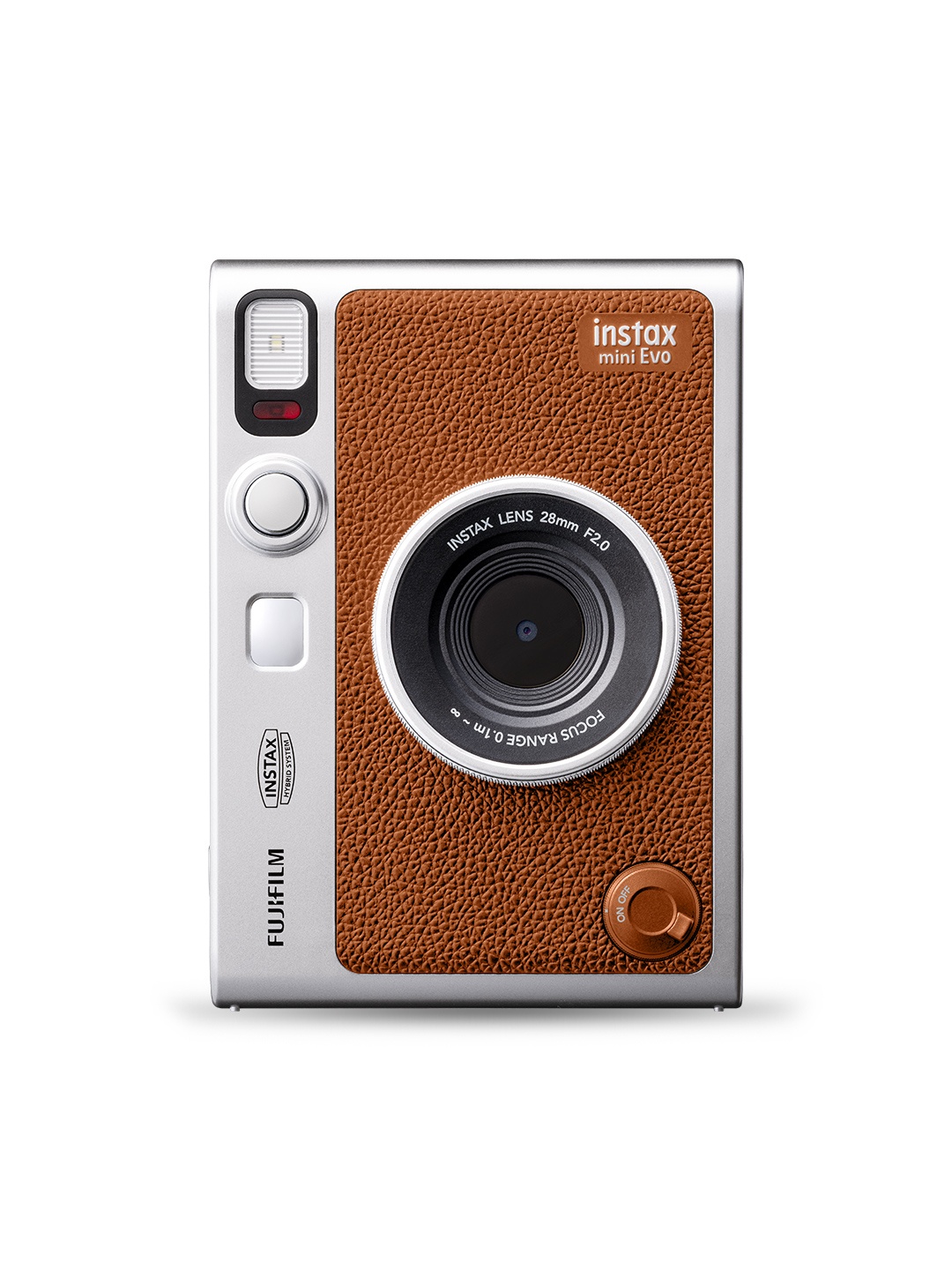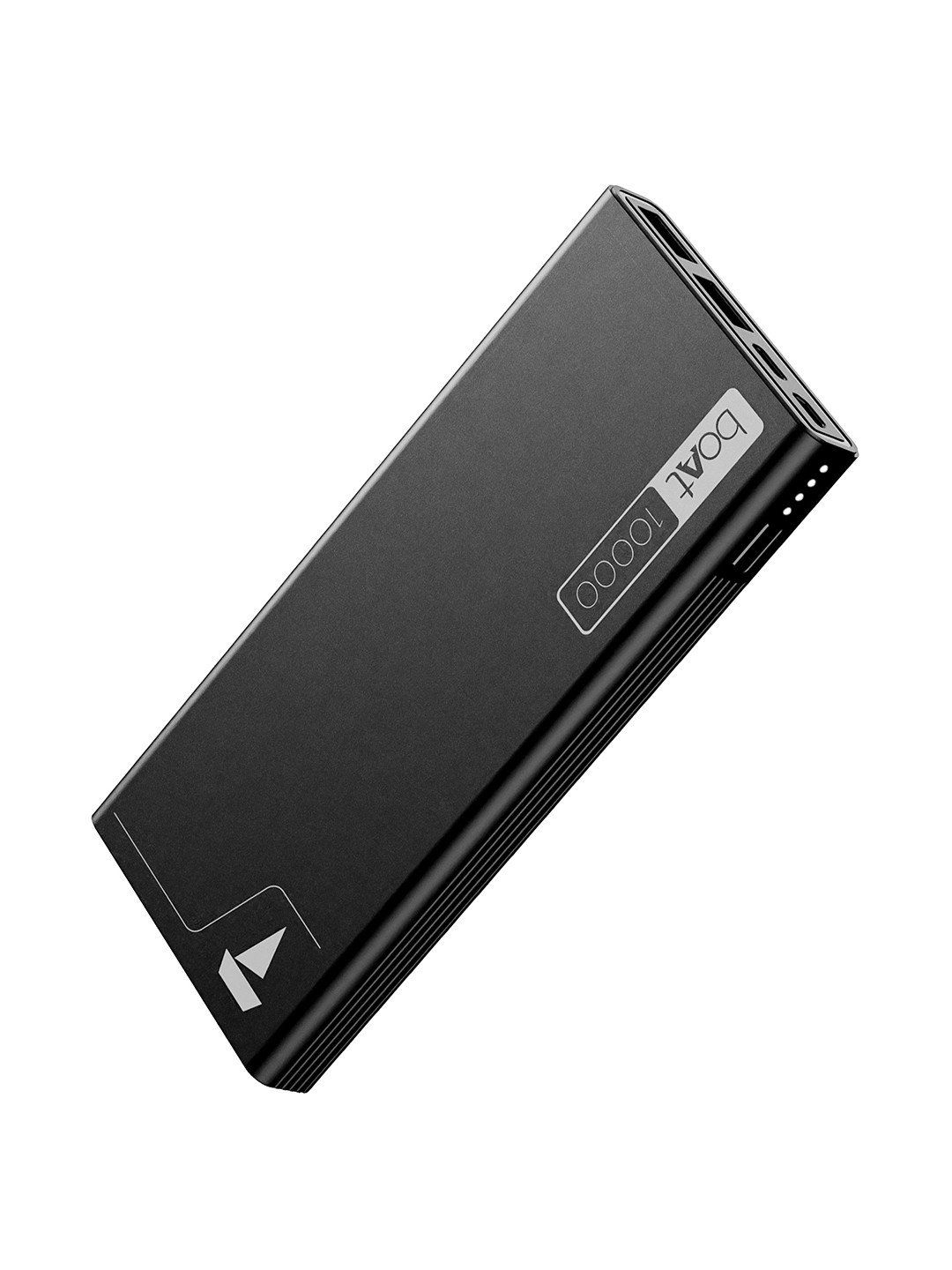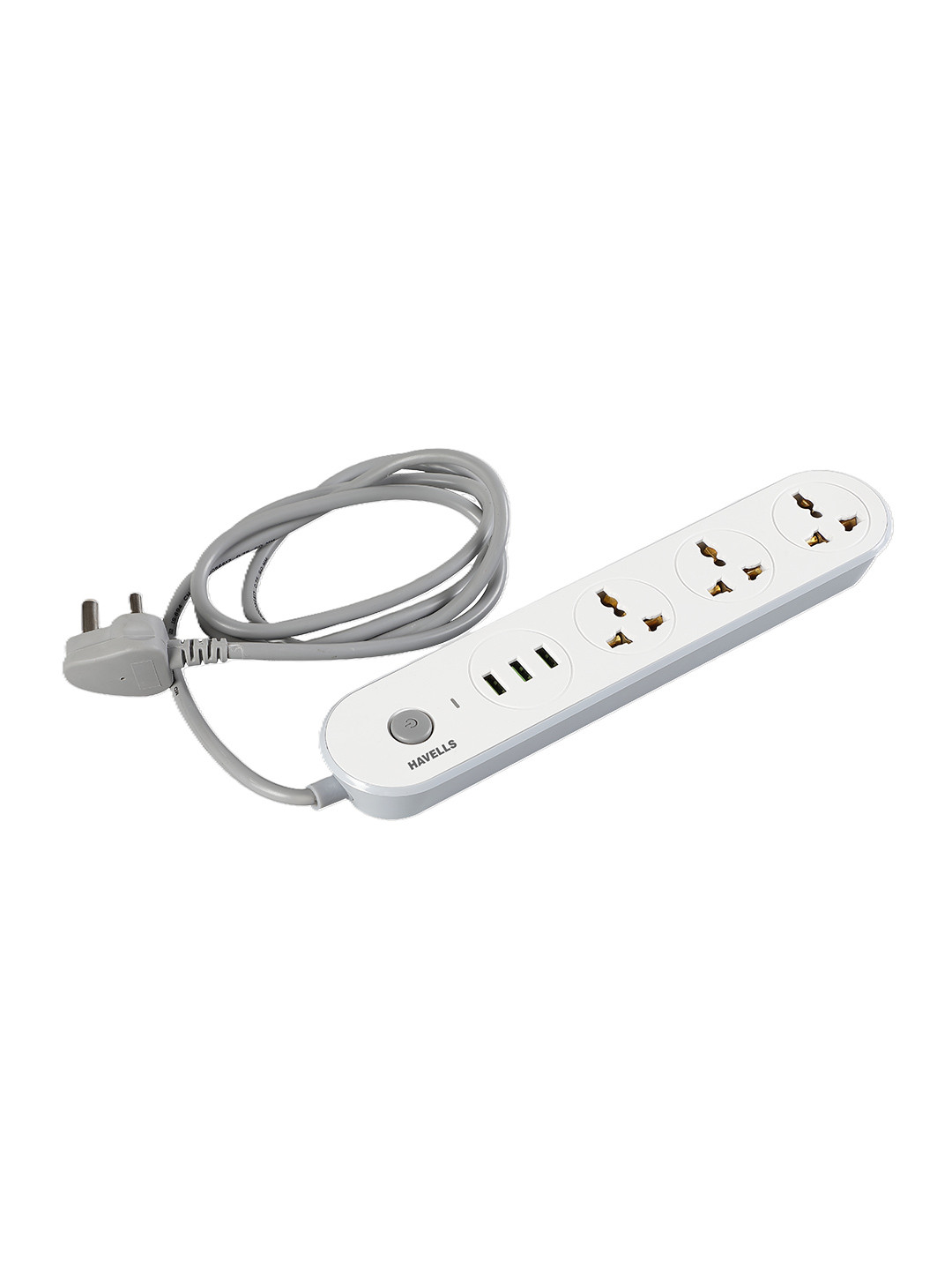Baby Car Seat Installation: Avoid Common Mistakes, Ensure Your Child's Safety With These 10 Tips
Most parents would do anything to keep their little ones safe. But a simple oversight, often unnoticed, might be putting babies at serious risk. This guide explores why this is such a widespread issue, what it means for families and how to fix it.

Most Baby Car Seats Are Installed Wrong: This Is How To Fix It And Keep Your Child Safe
Picture this. You're finally heading home from the hospital, your newborn bundled up in the back seat, and every bump on the road makes your heart skip. That first drive is often the most careful one you'll ever take. But what if the car seat, lovingly picked and securely strapped in (or so it seems), isn't actually safe?
Car seats aren't just accessories; they're lifelines. Yet, countless families unknowingly misuse them. Whether it's the angle, the belt, or just not clicking it in right, even tiny errors can mean the seat won't protect your child in the way it's designed to. And that's not just alarming, it's dangerous.
This article peels back the layers on why so many car seats are installed incorrectly, what that truly means for children's safety, and how to steer clear of the common mistakes.

Most Parents Err: Install Baby Car Seats The Right Way For Uncompromised Child Safety Every Journey; Photo Credit: Amazon
1. The Illusion of 'Properly Installed'
On the surface, a car seat might look like it's fitted snugly. Straps are tight, the baby seems secure, and everything feels solid. But car seat installation isn't something you can eyeball. Most installations fail the safety test because they look right, but aren't.
The reality is, a seat that shifts more than an inch side-to-side or forward is already unsafe. Many parents skip reading the manual, after all, car seats aren't exactly intuitive. They often assume their instinct or a YouTube video is enough. But without following exact manufacturer instructions, it's easy to miss key steps.
A large survey across major cities found that more than 70% of car seats were installed incorrectly. That's not a small number; it's the majority. And what's worse? Many didn't even realise anything was wrong.
2. Rear-Facing Confusion
There's a popular belief that once babies can sit up or turn a year old, they should face forward in the car. That might feel like a natural milestone, 'Look, she's a big girl now!', but it's a risky one.
Experts recommend keeping children rear-facing for as long as possible, ideally up to the age of two or even longer. Why? Because in the event of a crash, a rear-facing seat distributes the force of impact across the entire back, head, and neck. A forward-facing seat can cause a whiplash effect, which small bodies can't handle.
Still, in markets with warm weather, like ours, parents often turn seats around early for comfort or to watch their babies during the drive. Understandable, but not advisable. Just because something feels convenient doesn't make it safe.
Also Read: Baby Carriers Vs Traditional Strollers: What More Parents Are Choosing And Why
3. The Harness Struggle
If you've ever wrestled with a wriggling toddler while trying to strap them into a car seat, you know it's no small task. But even once the child is in, getting the harness right is often where people go wrong.
Too loose? The baby could slip out. Too tight? It's uncomfortable and leaves marks. The sweet spot is snug enough that you can't pinch the strap at the collarbone, but not so tight that it restricts breathing.
Many families also place the chest clip too low, often near the belly. But the correct position is level with the armpits. It's a small detail that makes a big difference. Think of it like the clasp on a parachute, it only works properly in the right place.
4. Car Compatibility Issues
Not all car seats fit all cars, and that's where things get complicated. Compact hatchbacks are common, and installing a large, foreign-branded car seat in one can feel like solving a Rubik's Cube blindfolded.
The seat might not recline properly, or it pushes against the front seat. That's not just uncomfortable, it's unsafe. Some car seats also lack the ISOFIX system that newer cars offer, meaning installation relies entirely on seat belts.
The challenge? Most people don't realise this until they're in the parking lot, sweating and muttering at the instruction booklet, while the baby cries in the pram. Better to check compatibility before buying, or opt for models certified for local cars.

Protect Your Little One: Crucial Guide To Correct Baby Car Seat Installation, Preventing Common Errors; Photo Credit: Amazon
5. Buckling Under Pressure: Misusing Seat Belts
Seat belts and car seats are meant to work together, not compete. But improper routing of seat belts through the car seat base is a common and critical error.
There's usually a clear path for the belt to follow. But in a hurry, many thread it incorrectly, or skip buckling it altogether, especially if they believe the seat's weight alone will hold it down. That's a dangerous assumption.
In a collision, an unsecured car seat can turn into a projectile. It doesn't take a high-speed crash. Even a sudden brake at 40 km/h can throw an unbuckled seat, with the baby in it, straight into the front dashboard.
Think of the belt like a lifeline. It's not optional. It's non-negotiable.
6. Hand-Me-Down Hazards
Second-hand isn't always second-best. For prams or toys, maybe. But with car seats, using an old or borrowed one, even from a cousin, can be risky.
Why? Because car seats have expiry dates. Yes, really. The materials degrade over time, especially in high-heat environments. Plastic becomes brittle. The straps wear out. A seat that looks fine may not hold up in a crash.
And if it's ever been in a previous accident, it's already compromised. Car seats are designed for one-time use in impact. Think of it like a helmet, would you reuse one that's cracked?
Before accepting a hand-me-down, check for recalls, expiry dates, and structural integrity. Safety isn't something to gamble on.
7. Winter Clothes and Wiggly Layers
In cooler parts of the country, bundling babies in warm clothes seems like common sense. But those bulky jackets and thick blankets can cause major issues when it comes to harness fit.
The straps sit over the layers, not the body, which means in a crash, the material compresses and suddenly there's too much slack. That can let the baby slip out or not be restrained effectively.
A better way? Dress them in layers, use a blanket over the harness, or warm up the car beforehand. The key is keeping the harness snug against the chest. Cosy doesn't have to mean compromised.

Beyond Guesswork: Expert Tips For Flawless Baby Car Seat Installation, Guaranteeing Child Safety; Photo Credit: Amazon
8. Trusting the Baby-Sitter: A Little Too Much
Leaving your child with a relative or driver for a quick school run or a visit to grandma's? It's easy to assume they'll figure the car seat out. But car seat installation isn't common knowledge, and certainly not a universal skill.
Many caregivers simply strap the child in with the car's seatbelt or use the car seat like a basket. Even well-meaning grandparents might not know how to adjust straps, tighten latches, or secure the base.
The result? Even the best car seat becomes ineffective. A quick tutorial and a bit of training can go a long way. And make it a point to double-check, every single time.
9. The 'Short Trip' Mentality
This mindset is alarmingly common, and incredibly risky. Most road accidents happen close to home, on routes we know well. A short drive to the park or the grocery store might not feel dangerous, but that's often when people skip precautions.
Some parents let kids ride on laps 'just this once' or skip the seat altogether if the child's sleepy. But safety doesn't work part-time. Car seats aren't just for highways or long trips, they're for every ride. Children don't understand risk. That's our job.
10. Fixing the Problem: Awareness and Action
The good news? This problem is completely fixable. It's not about buying the most expensive car seat, it's about using the one you have correctly.
Many hospitals and maternity centres now offer car seat awareness sessions. Online tutorials, government safety sites, and certified technicians can demonstrate proper installation. Even local parenting groups are stepping in to fill the gap.
It takes just 10–15 minutes to double-check a car seat's setup. That's a small price to pay for peace of mind, and your child's safety.
Some cities are also rolling out free car seat check-up camps. It's worth showing up. After all, there's no harm in making sure. But there can be real harm in assuming everything's fine when it's not.
Products Related To This Article
1. Mee Mee Baby Car Seat Cum Carry Cot with Thick Cushioned Seat
2. LuvLap Galaxy Convertible Car Seat for Baby & Kids Newborn to 7 Years
3. Lifelong Cuppy Isofix Car Seat for Baby
4. Baybee Convertible Car Seat for Baby 0 to 12 Years with 360° Rotatable
5. R for Rabbit Jack N Jill Grand Isofix Baby Car Seat Convertible 360 Rotatable Car
Parenthood is filled with overwhelming choices, but child safety in a car shouldn't be a guessing game. The truth is, even the most loving and well-meaning parents can unknowingly make mistakes when it comes to car seat installation. But with the right knowledge, a little patience, and attention to detail, these mistakes are avoidable.
A car seat isn't just another baby product; it's a guardian. One that works silently in the background, only showing its worth when it matters most. Getting it right doesn't just protect your child during a crash; it gives you peace of mind every time you turn the key. So, let's buckle up properly this time. Shop Now On Amazon.
Disclaimer: The images used in this article are for illustration purposes only. They may not be an exact representation of the products, categories, and brands listed in this article.

























